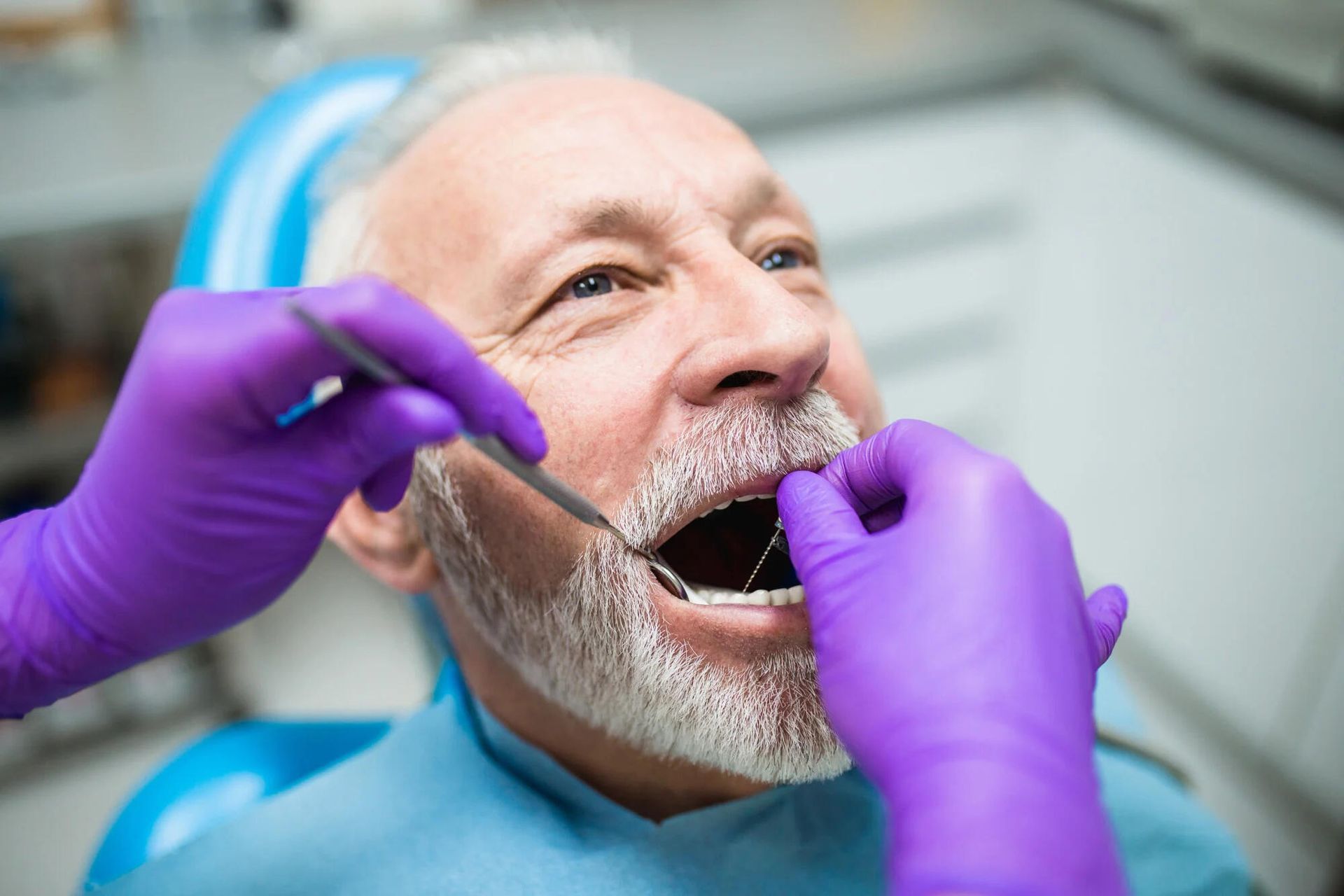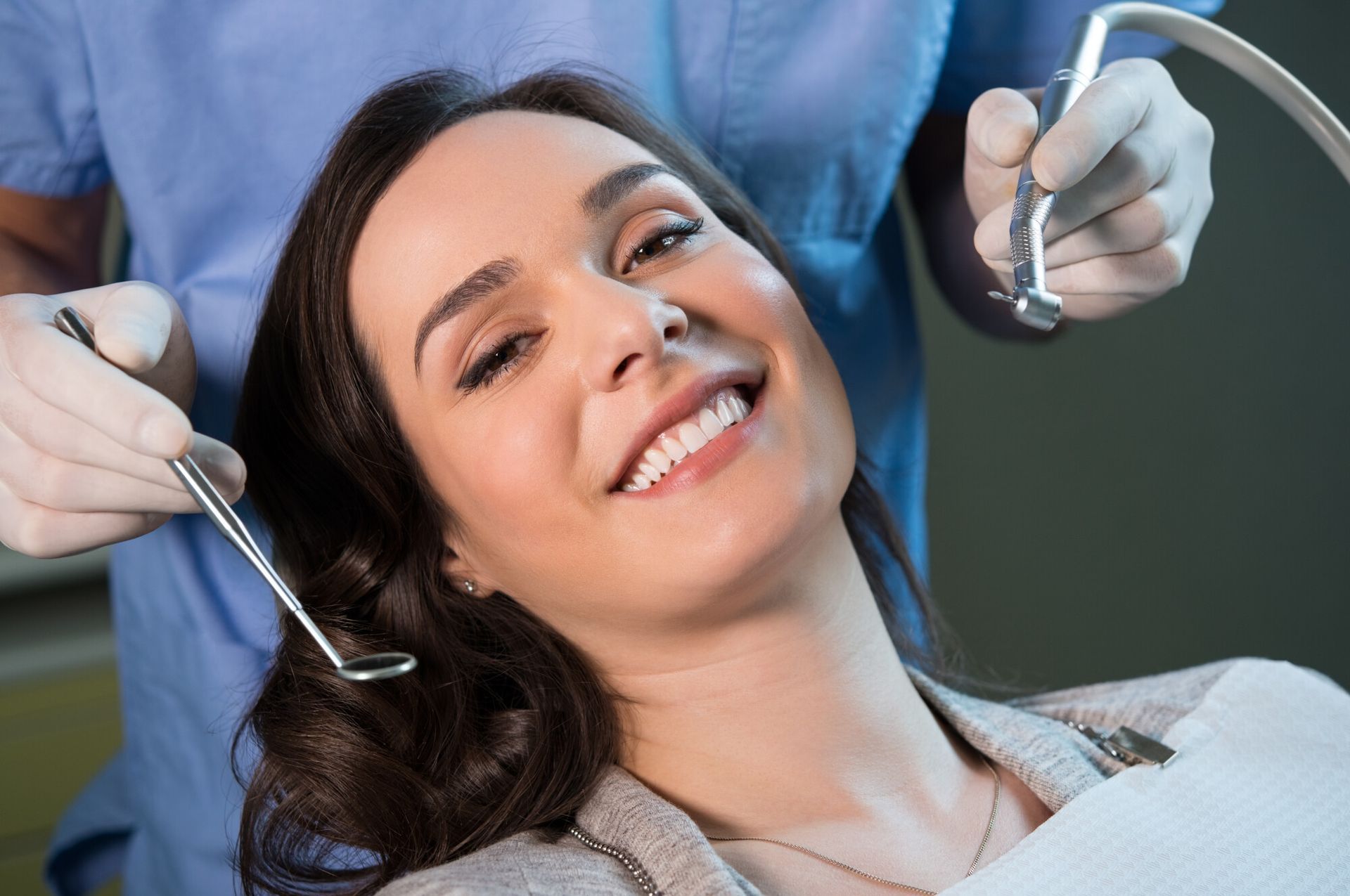The Benefits of Invisalign Over Traditional Braces: Why Clear Aligners May be the Future of Orthodontics
According to the American Association of Orthodontists, about 32% of patients receiving orthodontic treatment in the US and Canada are adults. The population of patients (This patient demographic) has increased by over 40% in the last decade. However, traditional metal braces are no longer the only treatment option available.
If you're looking for alternatives to traditional braces, you should consider clear aligners. Treatment with Invisalign can be discrete, comfortable, and effective.
Not sure how to choose between Invisalign and braces?
Read on to learn more.
Invisalign Fixes Alignment Issues
When misalignment of the upper and lower teeth, or malocclusion, isn’t addressed, they may have physical and psychosocial impacts. These include:
- Oral health challenges (tooth decay, gum disease, tooth loss)
- Difficulty chewing
- Speech changes
- Progression of jaw discomfort or TMJ disorders
- Physical changes
- Self-esteem issues
- Challenges during social interactions
About 15% of the adult population may experience negative social perceptions and functional issues due to malocclusions (National Library of Medicine). Between 57 and 59% of the population requires orthodontic intervention. However, many never receive treatment.
Thankfully, Invisalign is one option to resolve a range of malocclusions, like an overbite. Others include:
- Crowded teeth
- Gap teeth
- Underbites
- Crossbites
- Open bites
Discretion With Clear Aligners
You may shy away from smiling if there are metal brackets and wires on your teeth. Instead, consider clear aligners as an alternative option.
Invisalign aligners are made of thin, clear plastic. They are capable of fitting snugly over your teeth and may not be noticeable.
This makes Invisalign an option for adults who are working in different settings. You can schedule your dental treatments to further enhance your smile.
Invisalign May Help You Avoid Oral Health Problems
Having gaps between your teeth allows food particles and bacteria to collect. Bacteria, saliva, and food can mix together to form plaque.
Plaque is the tacky, clear film that can stick to our teeth. Over time, plaque can harden into tartar and release acid. Your risk of tooth decay could increase if you don't get the tartar professionally removed.
Tooth decay can cause painful symptoms. It also increases your risk of losing teeth. You may require extensive treatments to resolve the issue.
As plaque spreads below your gum line, your risk of gingivitis (gum disease) may increase. Your gums may appear red, bloody, and swollen. The advanced stage, periodontitis, can increase your risk of tooth loss.
These oral health issues may cause your teeth to shift further.
Beginning orthodontic treatment can close the gaps in your smile which leaves bacteria and food particles with fewer places to hide. Straightening your teeth also makes them easier to brush and floss, potentially reducing your risk of oral health issues.
Invisalign aligners can be removed and cleaned
You may struggle to keep your metal braces clean after meals. You can't remove your metal braces to eat, unlike Invisalign aligners.
Take them out before meals to avoid damage and discoloration. When you are not wearing them, you can soak them in an Invisalign crystal solution to clean plaque and bacteria away making them much easier to clean.
Rinse your aligners under lukewarm water (not hot, which can warp the plastic) and brush them gently. This will wash away lingering bacteria.
Talk to your dentist before you begin treatment. They can provide further tips to help you clean and care for your aligners.
Invisalign Can Be Comfortable To Wear
Wearing metal brackets and wires may get uncomfortable. You may need an adjustment period when you first begin treatment. You'll also need to visit your dentist to have your braces tightened every few weeks.
Alternatives like Invisalign is another option to consider. The aligners are made of a smooth plastic and usually don’t impinge on the inside of your cheek or scrape your gums.
Choose Between Invisalign And Braces Today
Invisalign clear aligners are discrete, and can shorten treatment time in comparison to metal braces on a case by case basis.
Visit Dentistry on 88 if you have mild to moderate bite issues. We will help you determine if you're an ideal candidate for treatment with Invisalign.
Contact us now to schedule your consultation!












